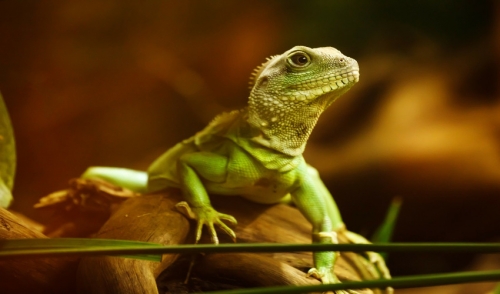
Reptiles have become common pets among households in America. Often times when we think of reptiles we imagine big lizards and crocodiles. However reptiles can also be turtles, snakes, iguanas, and many other species. As pets, reptiles can require a lot of maintenance. Reptiles need adequate space, water, heat, and a good diet. It’s a lot of moving pieces in an effort to give your pet the best environment possible. As a reptile owner, you do this because care about the health and well being of your reptile. The purpose of this article is to walkthrough the heath checkpoints of your reptile while at home.
Giving your pet an annual reptile home health exam is more about observation than specific book knowledge. Because it would take years to understand all of the facts of reptile health and diseases, your main focus as an owner should always be to provide good, preventive health care. The best way to do this at home is by observing what is normal and what is not. Always pay attention to your reptile so that you understand what its appropriate appearance and behavior is. Only when you understand the proper behaviors of your reptile can you recognize what behaviors seem abnormal and can raise need for concern. Combine your observations with what you learn from reptile publications and magazines, visiting zoos, and other recent books or photos. Once you have sound knowledge regarding your reptiles’ behavior you can begin to check its health effectively. Your checklist should include the following categories: activity level, responsiveness, gait, shape, appetite, urine and feces, and skin/color. Ask yourself is my reptile behaving and responding normally based on your personal knowledge and experience? Does he seem bright and alert? Are there any kinks in the body when it moves? Is it hiding often or under any stress? Take a close look at how your reptile moves about and analyze its body composition. Make sure your reptile is the correct weight for its age. In addition, observe the shape of the body itself. Does of part of your snakes body appear swollen or one your turtles’ limbs larger than other? Is it shedding its skin regularly? Another health observation to make is whether or not your reptile is eating or drinking. These are measurable components of your pets environment that be easily recognized. You’ll know whether there is still food or water leftover.
When working through your checklist make comments, and note any problems or irregularities. To put it short, note anything that’s not normal. As a reptile owner, it could be tough to know all of the finer health details about your pet. However, through great care and eagerness to read and learn more about reptiles we can give them the quality environment they deserve. Feel free to add your own categories to meet your reptiles’ needs while checking its health at home.







Comments